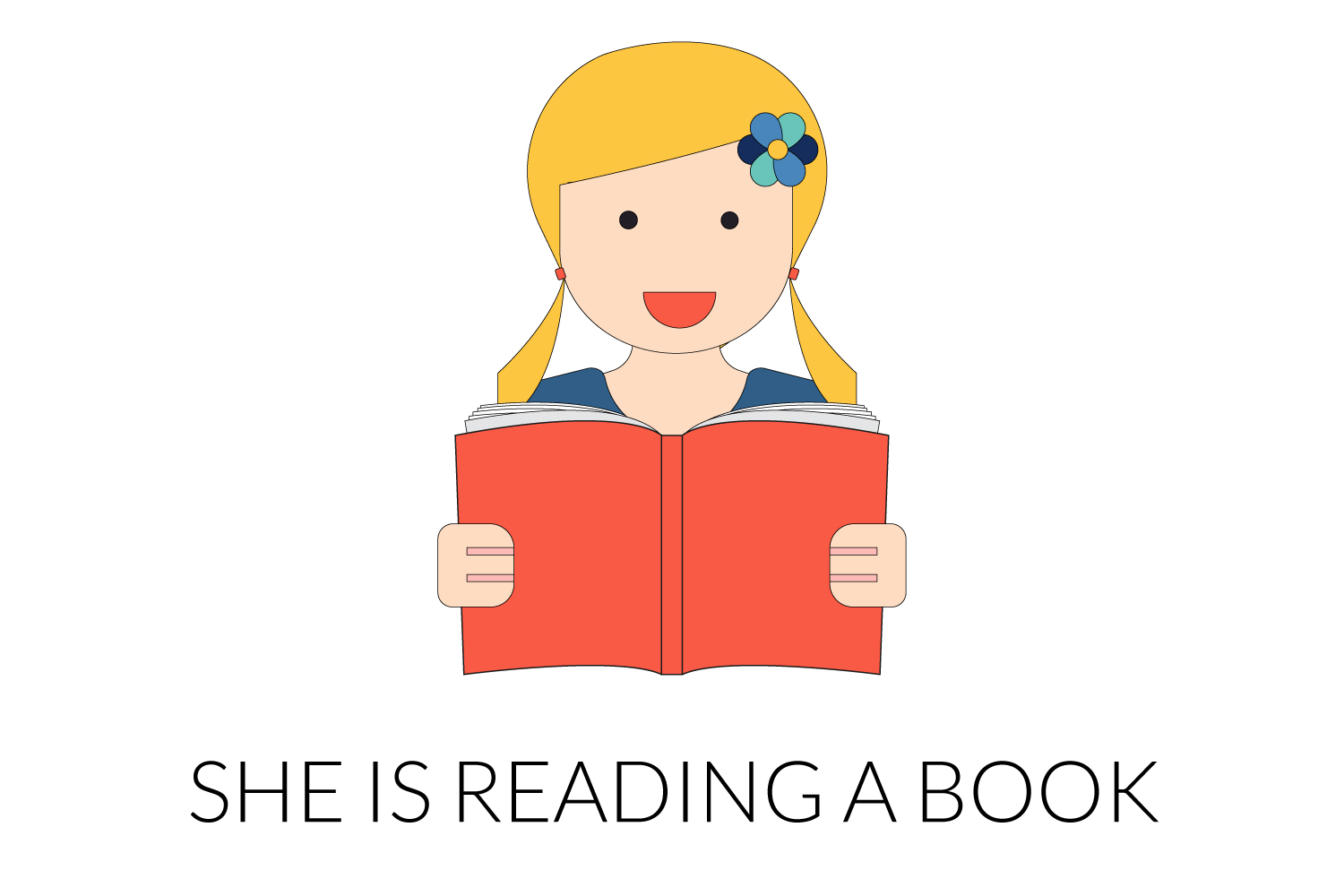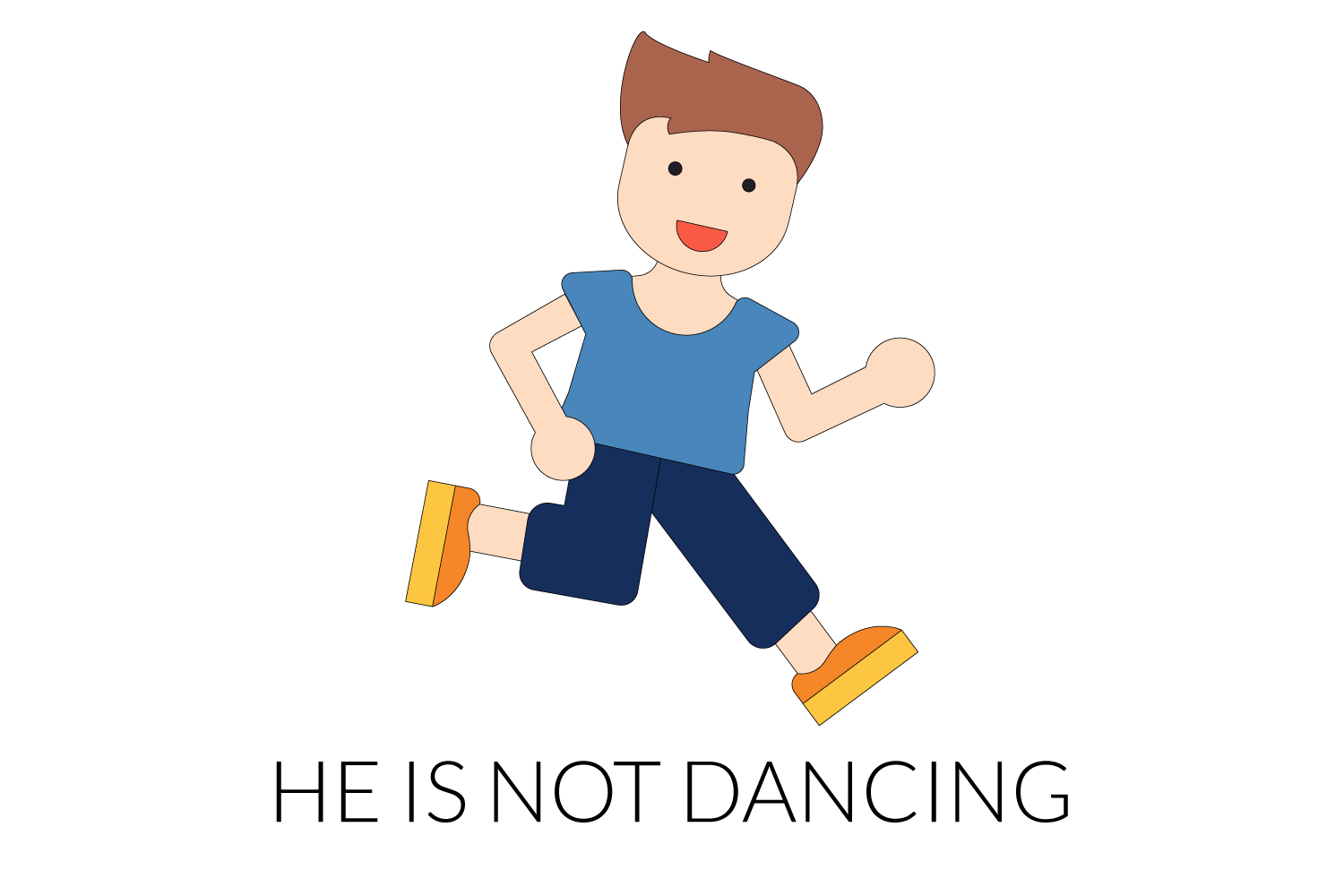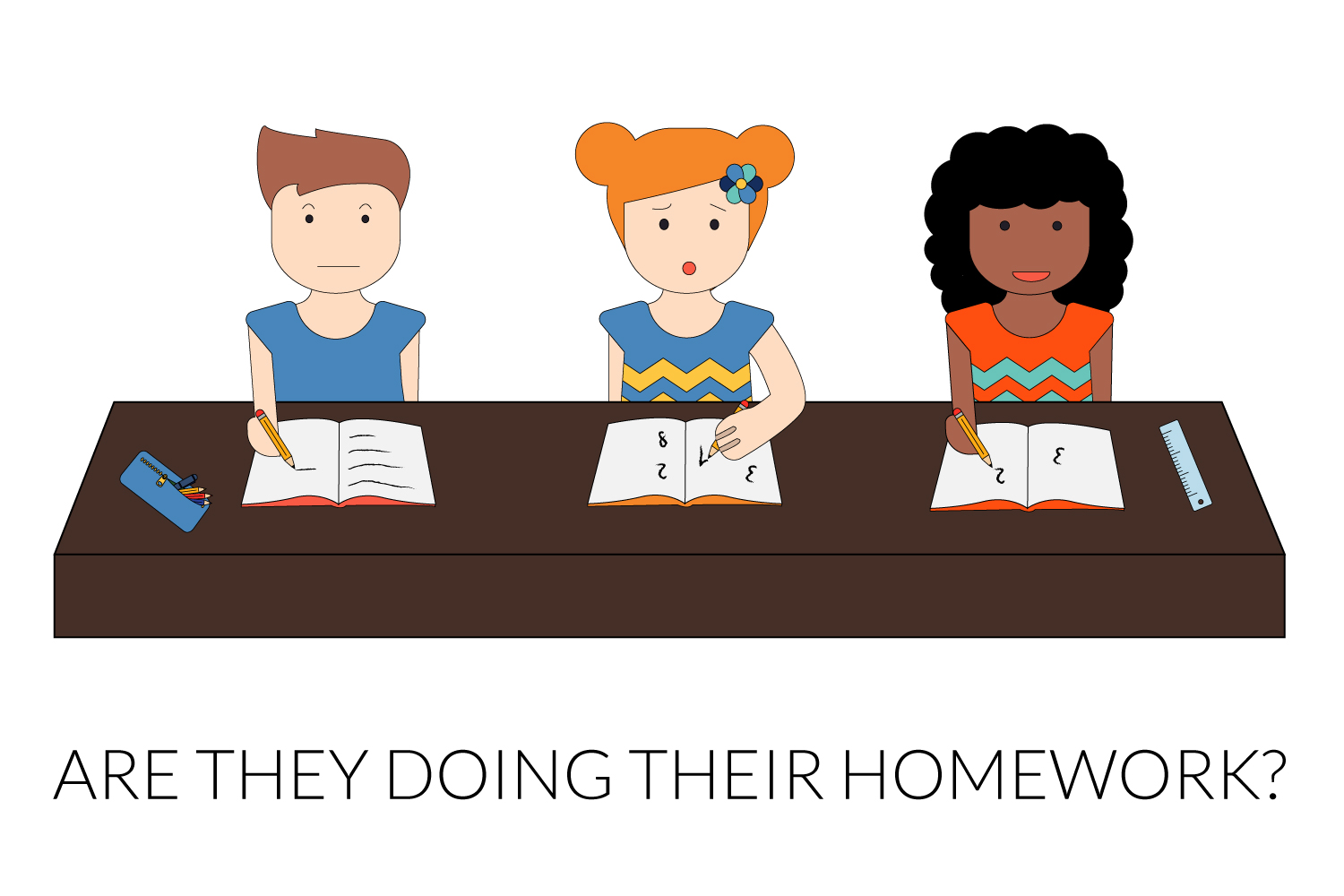Il present continuous in inglese: come si forma
Il present continuous, conosciuto anche come present progressive, è uno dei tempi verbali fondamentali della lingua inglese, utilizzato per descrivere azioni che stanno avvenendo nel momento in cui si parla o per esprimere situazioni temporanee e cambiamenti in corso.
Questo articolo fornirà una panoramica dettagliata sulla formazione del present continuous e sul suo utilizzo. Scopri il present continuous nella grammatica inglese e imparane le regole. Guarda i video con esempi di frasi, scarica le schede didattiche stampabili con cui esercitarti a coniugare i verbi e fai pratica con gli esercizi interattivi a fine lezione.
- Come si forma il present continuous
- Present continuous: la forma affermativa
- Present continuous: la forma negativa
- Present continuous: la forma interrogativa
- Quando si utilizza il present continuous
- Present continuous - Video con esempi
Come si forma il present continuous
Il present continuous (o present progressive) si forma combinando il presente del verbo essere “TO BE" con il gerundio (forma base del verbo + “-ing“) del verbo principale.
Per esempio:
- I am playing.
Nella formazione del present continuous, è importante ricordare alcune regole relative all’aggiunta di “-ing" al verbo principale:
- Per la maggior parte dei verbi, si aggiunge semplicemente “-ing" (es. work → working, read → reading).
- Per i verbi che terminano con una sola consonante preceduta da una sola vocale, e l’accento è sull’ultima sillaba, la consonante finale viene raddoppiata prima di aggiungere “-ing" (es. run → running, sit → sitting). Tuttavia, ciò non si applica ai verbi che hanno più di una sillaba e l’accento non è sull’ultima sillaba (es. enter → entering, not “entering").
- Per i verbi che terminano in “-ie“, l'"-ie" viene cambiato in “y" e poi si aggiunge “-ing" (es. die → dying).
- Per i verbi che terminano in “-e“, l'"-e" viene solitamente eliminato prima di aggiungere “-ing" (es. make → making, not “makeing"). Tuttavia, ci sono alcune eccezioni, come “be" che diventa “being".
Così come il present simple, anche il present continuous ha 3 forme diverse: affermativa, negativa e interrogativa.
Present continuous: la forma affermativa

La forma affermativa del present continuous si forma con il tempo presente del verbo essere (to be) e il verbo+ING:
| PRONOME PERSONALE | TO BE | VERBO+ING |
| I | AM | READING |
| YOU | ARE | READING |
| HE/SHE/IT | IS | READING |
| WE | ARE | READING |
| YOU | ARE | READING |
| THEY | ARE | READING |
Scarica la scheda didattica qui ed esercitati!
Present continuous: la forma negativa

La forma negativa si compone mettendo NOT dopo AM, IS or ARE:
| Forma estesa | Forma contratta | VERBO+ING |
| I AM NOT | I’M NOT | READING |
| YOU ARE NOT | YOU’RE NOT | READING |
| HE/SHE/IT IS NOT | HE/SHE/IT ‘S NOT | READING |
| WE ARE NOT | WE’RE NOT | READING |
| YOU ARE NOT | YOU’RE NOT | READING |
| THEY ARE NOT | THEY’RE NOT | READING |
Scarica la scheda didattica e mettiti alla prova!
Present continuous: la forma interrogativa

Le domande si formano mettendo ARE, IS o AM davanti al soggetto.
| TO BE | PRONOME PERSONALE | VERB+ING |
| AM | I | READING? |
| ARE | YOU | READING? |
| IS | HE/SHE/IT | READING? |
| ARE | WE | READING? |
| ARE | YOU | READING? |
| ARE | THEY | READING? |
Scarica la scheda didattica qui ed esercitati a comporre domande al present continuous!
Quando si utilizza il present continuous
Il present continuous, o present progressive, è uno dei tempi verbali più comuni e utili in inglese. Esso è impiegato in vari contesti:
- Azioni in corso nel momento presente: per descrivere un’azione che sta avvenendo esattamente nel momento in cui si parla.
- I am reading a book right now.
- They are watching television.
- Situazioni temporanee: per indicare situazioni o azioni che sono temporanee, non permanenti.
- She is staying with her grandparents for the summer.
- We are currently living in Rome, but we’ll move back to Milan next year.
- Tendenze e cambiamenti: può essere utilizzato per descrivere un cambiamento o una tendenza in corso.
- The climate is getting warmer each year.
- More people are using public transport these days.
- Piani futuri: Anche se si riferisce al presente, il present continuous può essere utilizzato per esprimere piani o piani futuri.
- I am meeting John for lunch tomorrow.
- They are traveling to Japan next month.
- Azioni ripetute con “always": Quando “always" viene utilizzato con il present continuous, esprime un’azione che si ripete frequentemente, spesso con una sfumatura di irritazione o sorpresa.
- She is always losing her keys!
- He is always arriving late to the meetings.
- Eventi temporanei: Questo tempo verbale può essere utilizzato per descrivere eventi che si considera temporanei.
- It’s raining outside.
- The cat is sleeping on the sofa.
Present continuous – Video con esempi
Video lento
Video veloce
Guarda i video, uno con voce lenta e l’altro con voce più veloce, e scopri degli esempi di frasi con il present continuous.
“I AM WALKING. SHE IS RUNNING. THEY ARE JUMPING.
I AM READING. HE IS LISTENING TO MUSIC. THEY ARE WATCHING TV."
